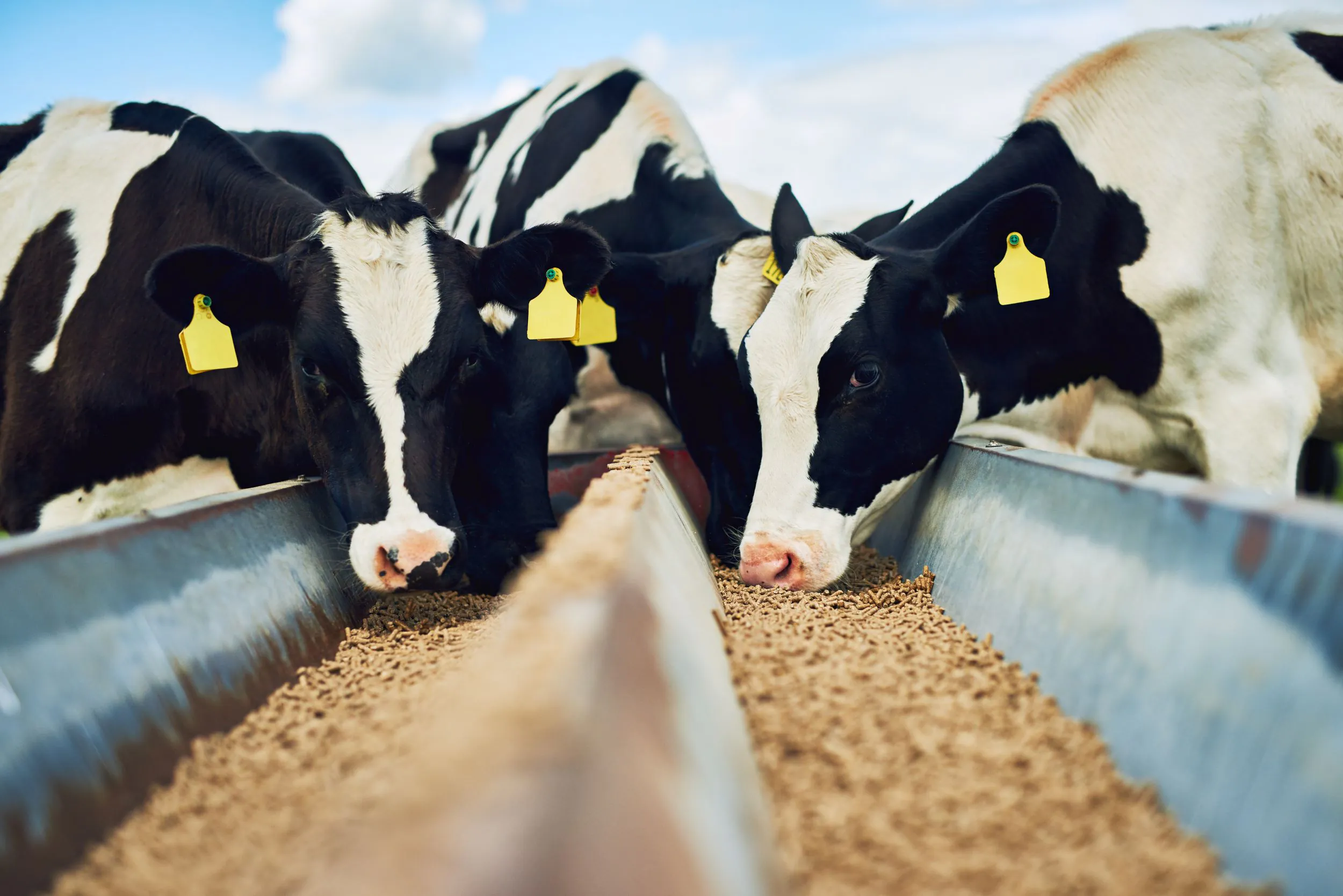Animal feed additives play an important role in raising healthy and resilient animals of all kinds, both for the food industry and for other purposes. Additives can provide better nutrition, improve growth, boost immune systems, and more. While regulations in some parts of the world are becoming stricter in terms of the type and quality of feed additives that may be used, there is a growing number of options available on the market. As demand for animal meat and dairy continues to rise with the world’s population, animal feed additives are an important ingredient in ensuring that livestock are plentiful and healthy enough to meet the world’s needs.
Animal Feed Additives Industry Overview
The global animal feed additives industry was estimated at over $40 billion in 2022 and is expected to be worth nearly $54 billion by 2030, with the rising popularity of amino acid additives helping to drive this growth. Growing awareness of the risk of livestock diseases is increasing concerns around meat quality and safety, which in turn raises demand for feed additives that help keep livestock healthy. Restrictions on antibiotic use in the US and Europe impact demand for those types of additives, but help increase sales of substitute products such as amino acids, enzymes, and acidifiers. However, the regulations in place in the EU require animal feed additive manufacturers to follow strict rules and processes in order to ensure and demonstrate the safety and efficacy of their products, which can make the production process slower and more expensive.
Amino acids make up the largest share of the animal feed additives industry, accounting for about a third of global revenue. They offer several benefits such as helping animals to build immunity and promoting their growth. They can also help prevent several different health issues. All this puts them in high demand when it comes to feed additives.
While antibiotics used to be widely used as feed additives around the world, their growth opportunities are now limited due to bans and restrictions on their use. After the EU banned them in 2006, their usage fell in other parts of the world as well, including the US, China, and India. Although they are not banned everywhere, market opportunities are considerably more limited than they are for other types of animal feed additives.
As antibiotics were dropped from use in animal feed, alternatives have been adopted to take their place. The growing popularity of “natural” foods with limited exposure to chemicals has made the market for natural feed additives take off. Natural growth enhancers include organic acids, synbiotics, probiotics, prebiotics, phytogenics, feed enzymes, and immune stimulants sourced from plants.
Poultry feed additives are the most common type in the industry, as poultry is a popular type of protein in countries around the world and rarely subject to religious dietary restrictions that impact some other types of meats. Enzymes, vitamins, antioxidants, and acidifiers are all used as feed additives to improve growth, health, and nutritional value.
Globally, the region contributing the most to the global animal feed additives industry is Asia-Pacific. In 2022 it accounted for a third of all revenue due to the presence of many agricultural economies in the region and significant reliance on livestock. While the market in Europe faces the challenge of stricter regulations and restrictions, demand for meat and for animal feed additives is still significant, and the area is home to many innovations in products and technologies. The fastest-growing region is North America, where meat consumption is on the rise and the growing popularity of various health movements means that feed additives that promise health benefits are seeing healthy demand.
Innovations in Animal Feed Additives
There are many feed additives available in the market, and researchers around the world are developing new products with stronger functionality and greater efficiency. For example, scientists from the State Agrarian University of the Northern Trans-Urals are developing feed additives made from potato peels and brewer’s grains as supplements to provide energy and protein, respectively. These products would reduce waste as well as improve food quality.
In the Indian state of Kerala, researchers are working to turn organic waste from slaughterhouses into protein for fish and shrimp food. The region faces challenges dealing with its organic waste, and turning it into feed will not only help to alleviate that, but also improve the quality of local shellfish and increase the amounts that can be exported to other markets.
Meanwhile, advancements in the production of single cell protein (SCP) presents new potential ways of improving nutrition in animal feed. SCP sourced from microorganisms such as yeasts, fungi, bacteria, and algae can be used to replace animal-derived proteins in feed additives and can be produced using renewable resources. With growing pressure to improve circularity and sustainability across industries, SCP can be of significant help in meeting those goals.



